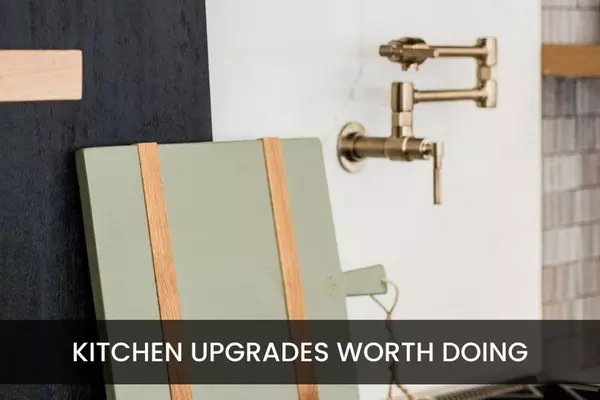
What You Should Know About Escrow: A Buyer's Guide
Introduction Buying a home is one of the most significant financial decisions you'll ever make, and the process can feel overwhelming. One essential but often misunderstood component of real estate transactions is escrow. Understanding how escrow works can help you navigate the home-buying

Kitchen Upgrades Worth Doing in 2025: Smart, Stylish, and Functional Enhancements for Modern Living
The kitchen has always been the heart of the home—but in 2025, it’s taking center stage like never before. With evolving lifestyles, increased time spent at home, and rising interest in sustainable, tech-savvy design, kitchen upgrades are more than just aesthetic choices—they’re smart invest

How To Make Your Home Stand Out In Any Market
How to Make Your Home Stand Out in Any Market In a world where real estate markets fluctuate and trends come and go, one thing remains constant: the need to make your home appealing to potential buyers. Whether you're in a hot seller's market or navigating a more competitive buyer's landscape, makin
Recent Posts










